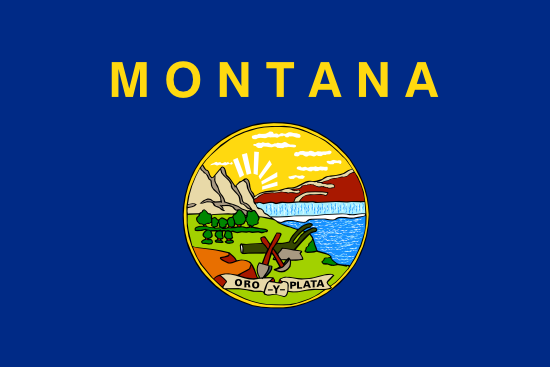
Billings
- County:
- Yellowstone County
- County Seat:
- Yes
- Area (mi²):
- 46.263
- State:
- Montana
Billings is a city located in Yellowstone County, Montana. Billings has a 2025 population of 121,483 . It is also the county seat of Yellowstone County . Billings is currently growing at a rate of 0.57% annually and its population has increased by 3.63% since the most recent census, which recorded a population of 117,233 in 2020.
The median household income in Billings is $71,855 with a poverty rate of 10.61%. The median age in Billings is 38.1 years: 37.3 years for males, and 38.9 years for females. For every 100 females there are 98.2 males.